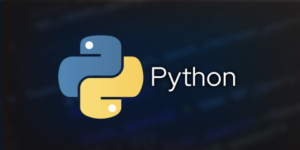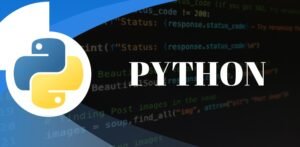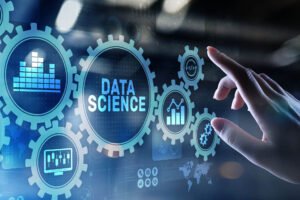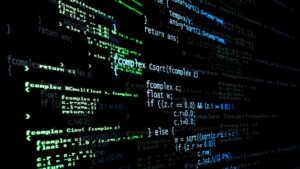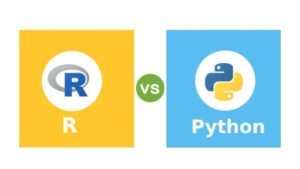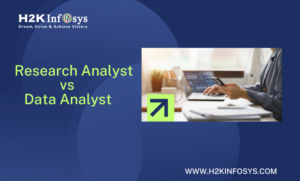When done well, the narrative utilised to captivate an audience has the power to turn people from passive listeners into active participants, which is why data storytelling is frequently referred to as “the last mile in Data Science.”
A range of soft skills, including creativity, communication, and the capacity to develop an engaging narrative for your audience, are necessary to create a story using data.
These non-technical abilities guarantee that the effort and technical know-how put into gleaning insights from a data set are put to good use. Check out the Online Data science training to learn more.
What Is a Data Storyteller?
A data professional who is skilled at creating an engaging narrative around their data to inspire action in others is known as a “data storyteller.” The audience could be consumers, members of the public at large, or decision-makers and stakeholders in an organisation, depending on the data collection and the project’s goal.
The book “Storytelling with Data” by data scientist Cole Nussbaumer Knaflic was intended for anyone trying to use data to convey a message to an audience. These include leaders informing their board, philanthropists proving their impact, managers needing to communicate in a data-driven way, students visualising thesis data, and analysts sharing the results of their work.
Put differently, data storytellers provide presentations to almost any kind of audience that is searching for solutions to issues or answers to questions. Data storytelling is employed across a range of businesses, from charities and public health organisations to Fortune 500 companies. Sports analytics, health informatics and healthcare sector results, government policy improvement chances, public health hazards, gaps in educational services, opportunities for sales and marketing teams, and a plethora of other solutions can all be communicated through it.
Skilled data storytellers appeal to their audience in ways that go beyond dashboards and infographics. They create presentations that centre on important discoveries, hand-picked to highlight the most important and pressing details, and they present them in a style that appeals to their intended audience.
Why Is Data Storytelling Important?
For a living, data scientists analyse and interpret data; for everyone else, however, raw data without context is like a story without a plot or organisation. In general, it is difficult to understand, has little value, and is likely to raise more questions than it does answers. Data scientists may fill in the context and make the connection between what the data tells them and what the audience needs to know by crafting a data story.
By focusing on emotion (a basic feature of human nature), a data story can also help the audience relate to and understand the facts. The audience cares about the message and is motivated to take action when they emotionally connect with the data.
The data storyteller can now set expectations for the suggested solution and lay out the next steps by developing a clear call to action, which we’ll discuss in more detail later in the article, since the audience is aware of the data and wants to act.
In the end, data storytelling is more powerful than data alone because it tells a story around the facts, which may inspire teams, change companies, support innovation, and overcome opposition to change.
The narrative makes sure that the viewers understand the main lessons, feel a connection, and are motivated to respond quickly to the explicit and straightforward call to action.
The Structure of a Data Story
“Stories are something we all know and enjoy. Furthermore, stories typically have a beginning, middle, and end pattern, according to data analyst Hana Khan.
Determining what belongs at the start, middle, and end of the story is the responsibility of the data storyteller.
Because data analysts encounter issues on a regular basis, Khan argues that data tables typically follow a consistent format. These issues provide the conflict, or hook, that draws readers in and keeps them interested in learning how the issue will be resolved.
She provides a commercial example of data storytelling and suggests that data storytellers include the problem in the hook of their narrative, at the beginning.
“It’s best to discuss a topic that is directly tied to the business when presenting to business stakeholders so that they may say to themselves, “Oh, that’s something I’m worried about, and now you’re saying there’s a problem.”
However, she advises delaying giving them the answer for now. The data tale should have some suspense, just like any other story.
The setting is established in the midst of the tale. At this stage, you give the background details and go into detail about the insights and the process the data team used to extract them in order to solve the problem.
Khan also suggests that at this point you present the data-driven solution and offer your advice.
When the story comes to a close, you’re prepared to wrap everything up. After summarising the key points, return to the original issue. If there is a deadline or a feeling of urgency, mention it along with your recommendation and call to action.
Never worry about saying things again and again.
The Importance of Effective Data Visualization
Steve Wexler, Jeffrey Shaffer, and Andy Cotgreave, authors of “The Big Book of Dashboards: Visualising Your Data Using Real-World Business Scenarios,” rightly point out that “you can’t, in a single chart, answer every possible question or comparison.” You must determine whether the chart you select provides an answer to the given question.
Including a chart in your report or presentation is insufficient. It needs to be planned to effectively communicate the understanding.
Data storytellers ought to think about their audience right from the start, even before they design the visuals that will go with their narrative. In order to ensure that the audience understands the information being conveyed by the chart or graph regarding the data and that they are interested in the information, titles and labels are crucial in communicating the message.
Visualisations support narrative and provide your story more clarity, even though they are not the entire story. By directing the audience to the insights that are relevant to the section of the tale you are presenting, they help the audience stay focused throughout a presentation.
A badly designed or implemented visual aid might ruin your data story.
Khan discusses the benefits of utilising a strong data graphic in a presentation as opposed to a straightforward table.
“With their eyes straining to analyse every number [in a table], you’re making it tougher for them to notice the insight. In contrast, [the audience] can absorb the insights easier from a data graphic.
If you increase the friction, you run the risk of losing their interest because, when they see a slide with a large table, they might choose to ignore it completely. Alternatively, they might genuinely turn their attention to the figures as they are mentally attempting to draw a comparison.
Poor charts make it difficult, if not impossible, for viewers to comprehend the information being displayed.
Here is a list of effective Data Science storytelling visualisations:
- Bar Graphs
- Bubble Charts
- Histograms
- Infographics
- Line Charts
- Maps
- Pie Charts
- Scatter Plots
These are but a handful of the visualisations you might employ to bolster your data narrative. Just keep in mind that different chart types work better for different kinds of data and communication than others.
Conclusion To learn more about Data storytelling, check out our Data science online course.









